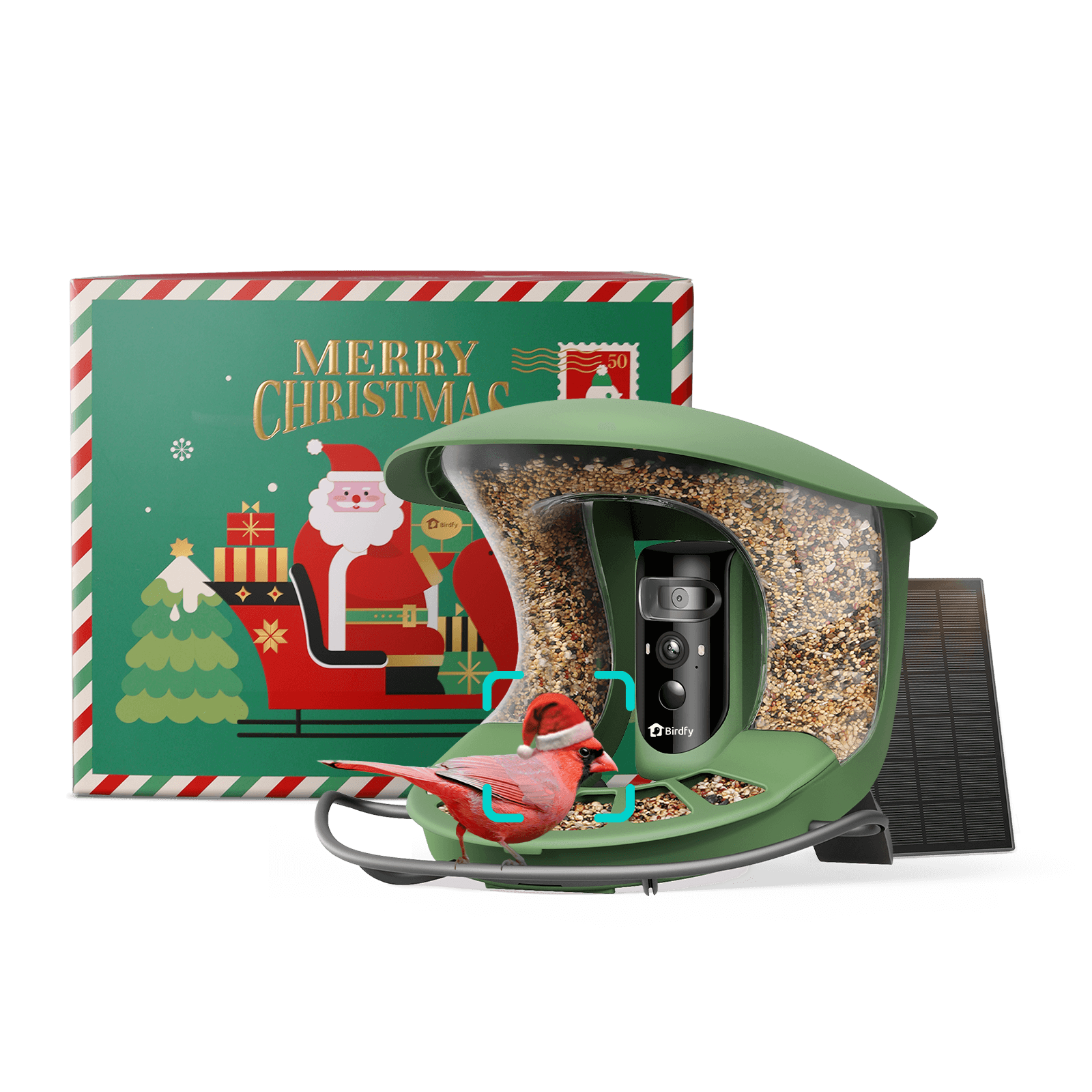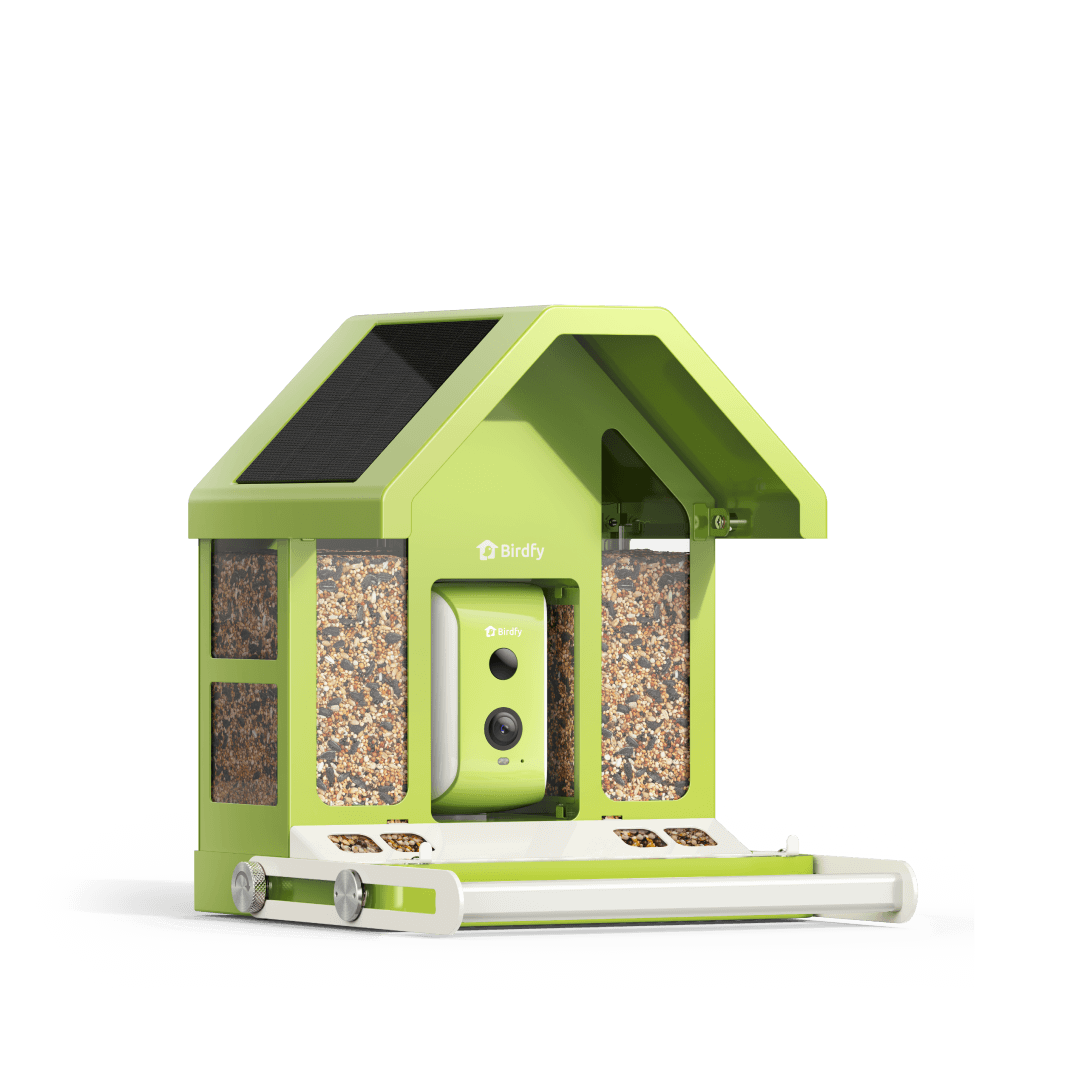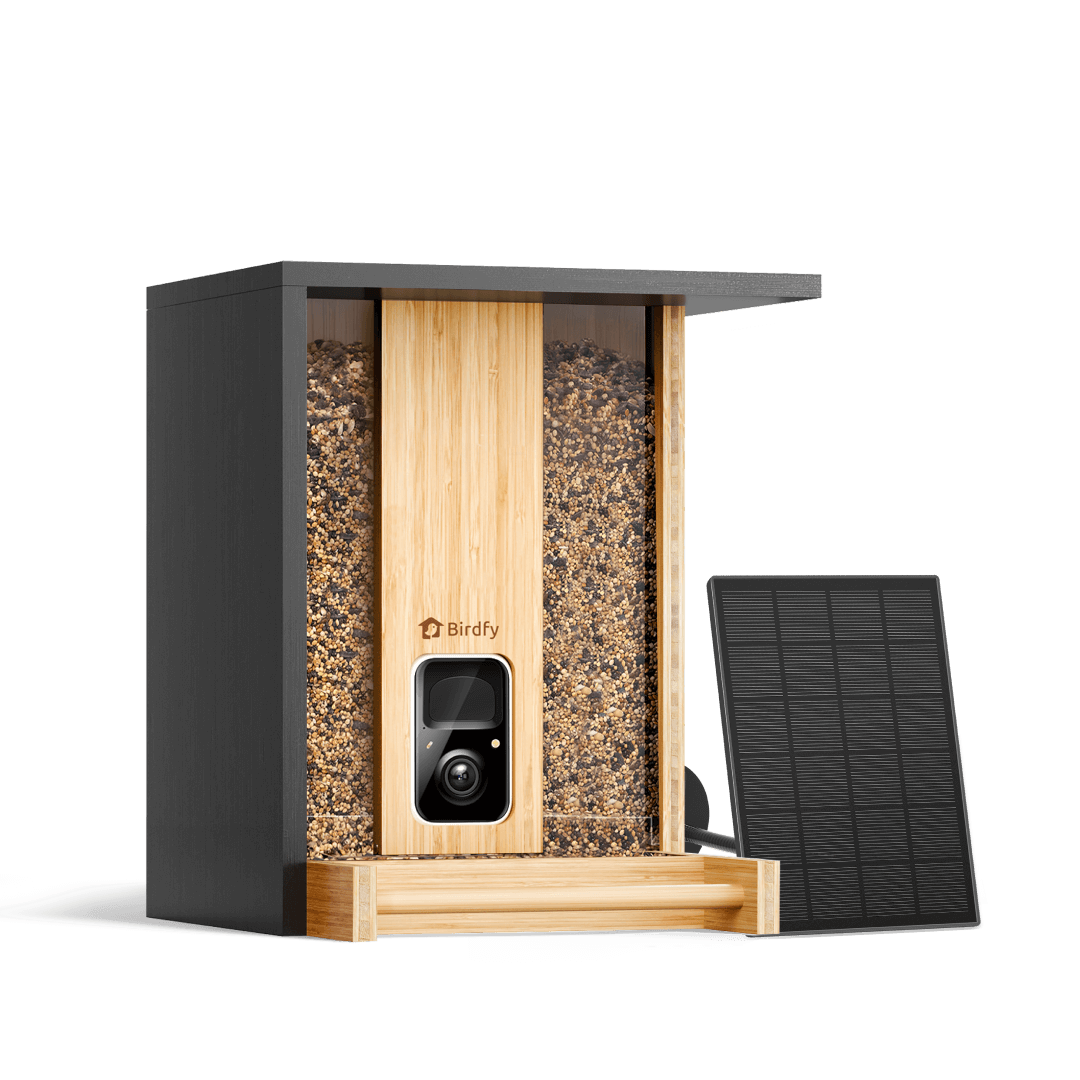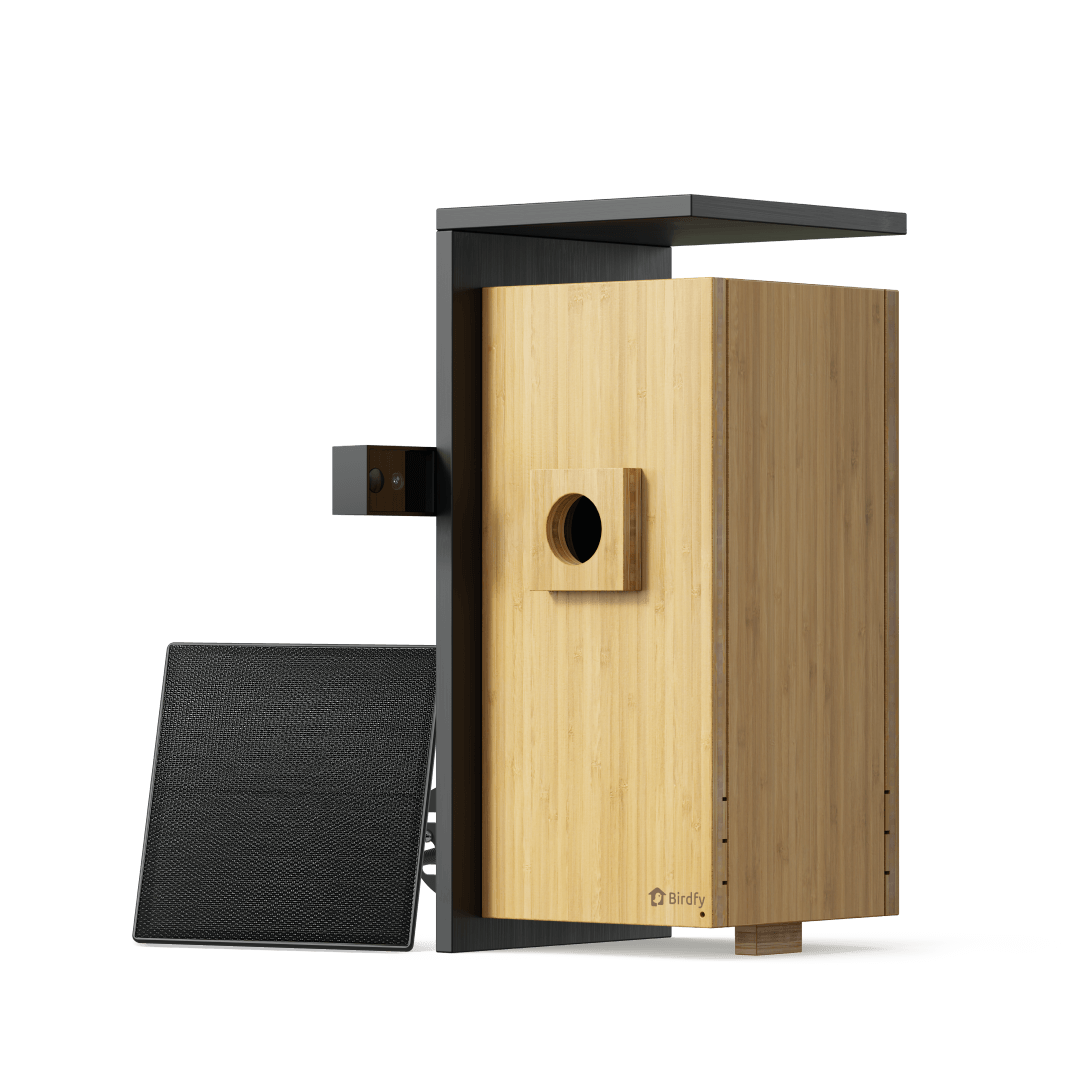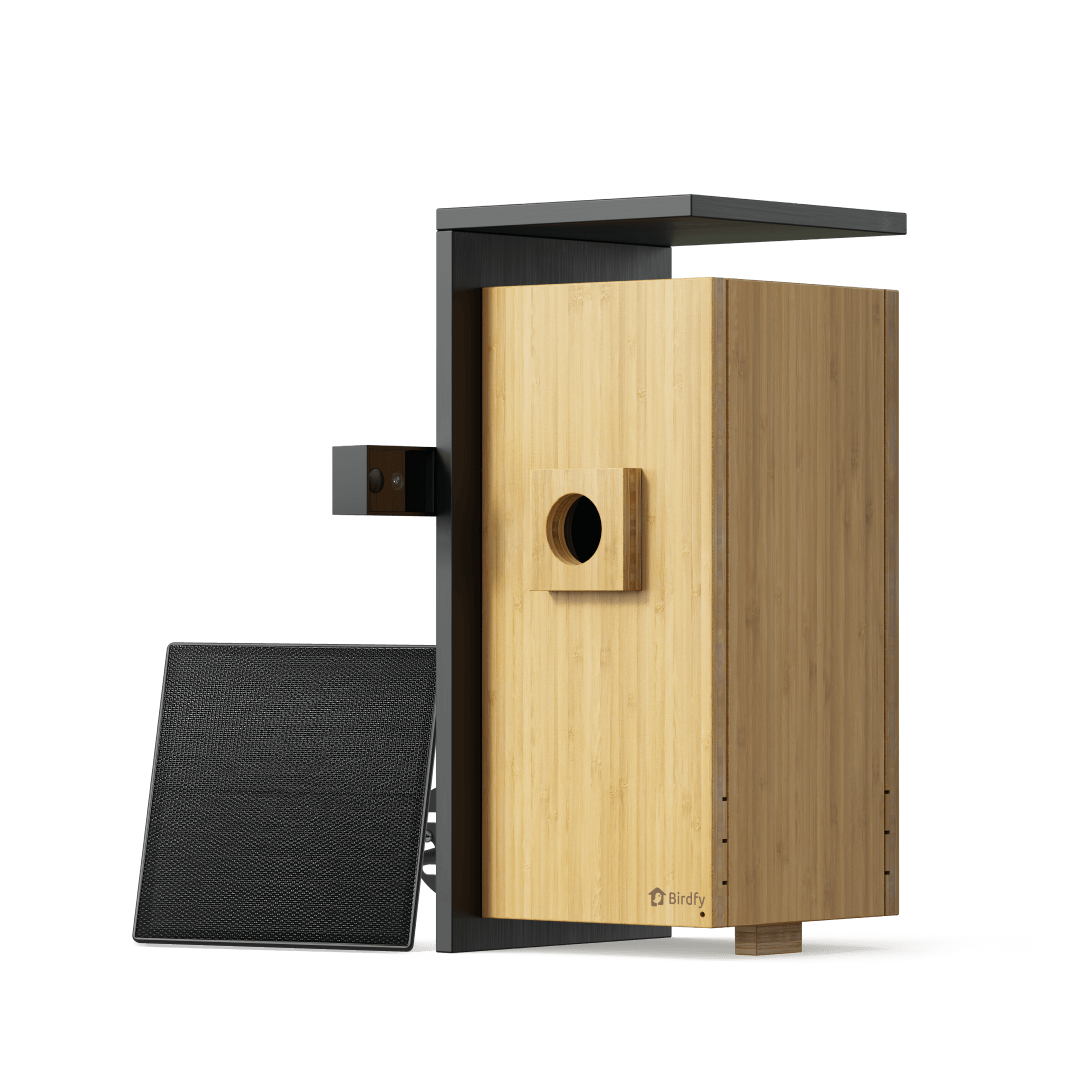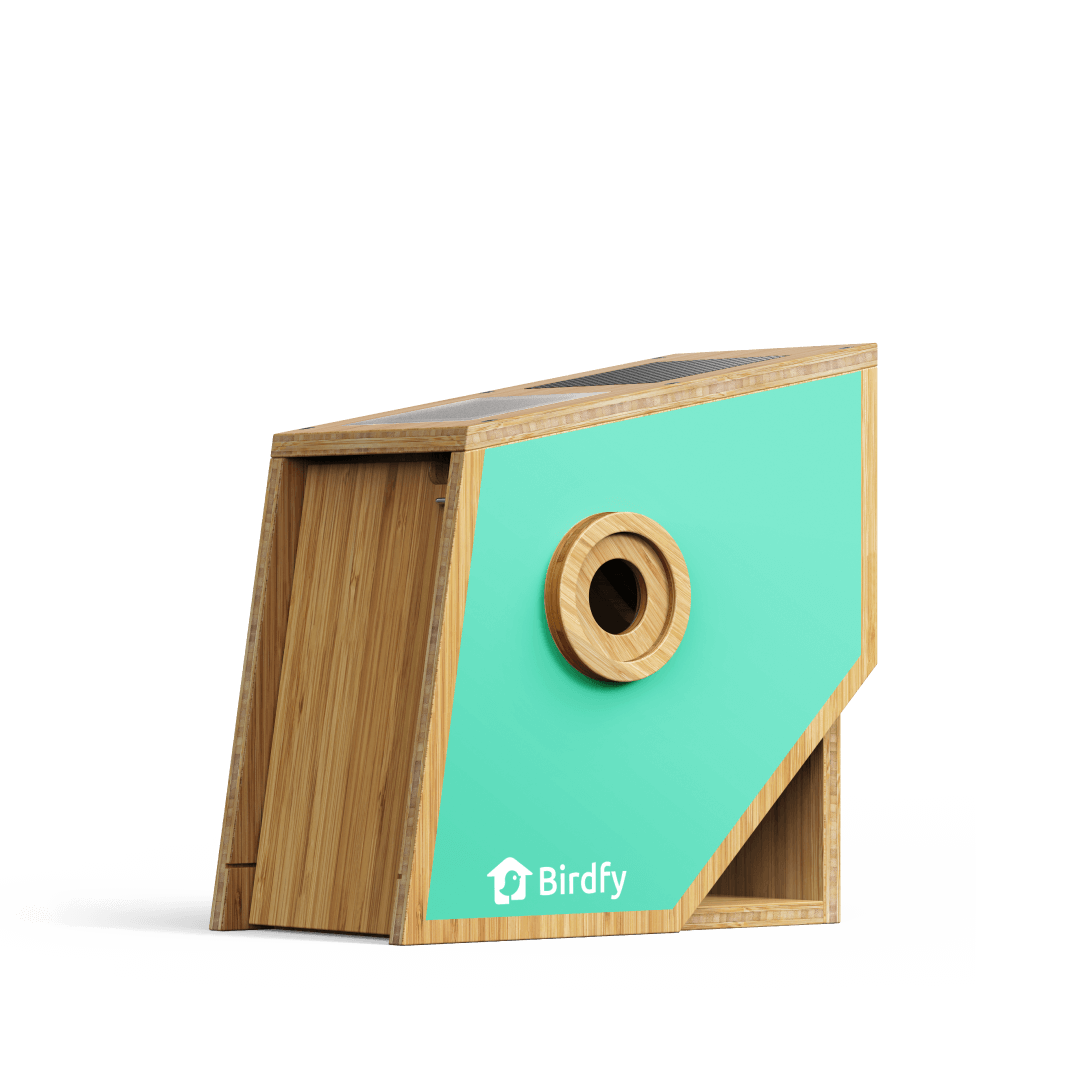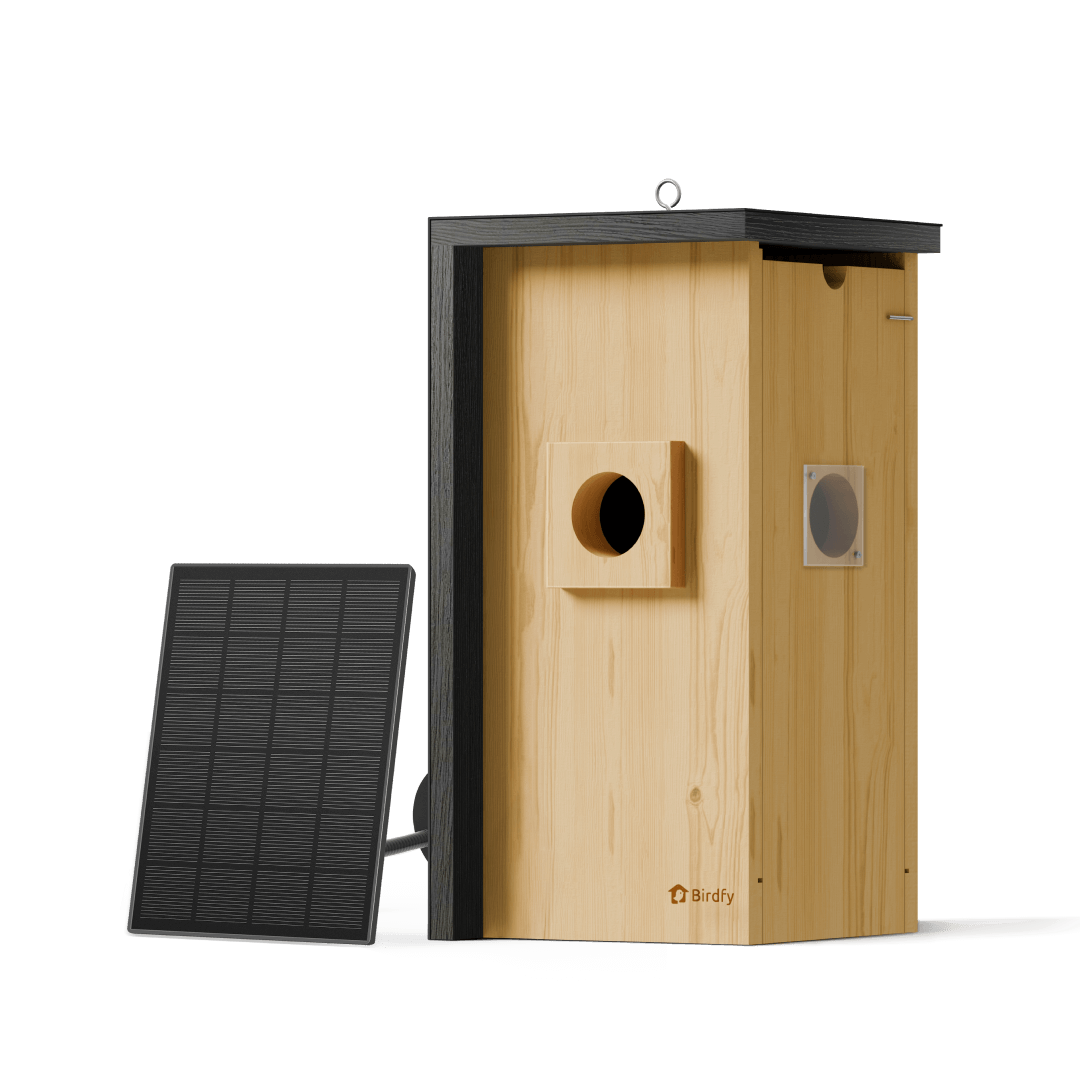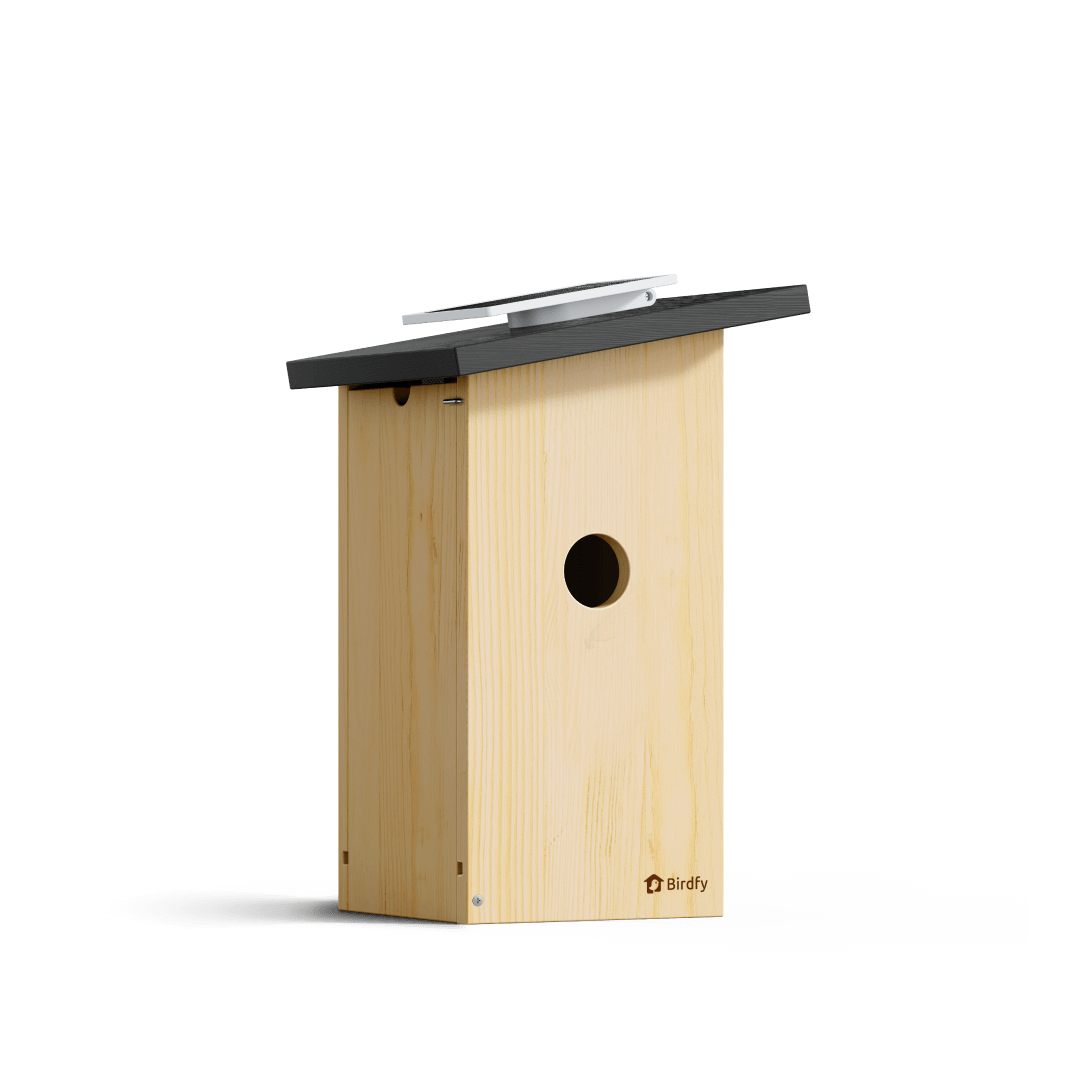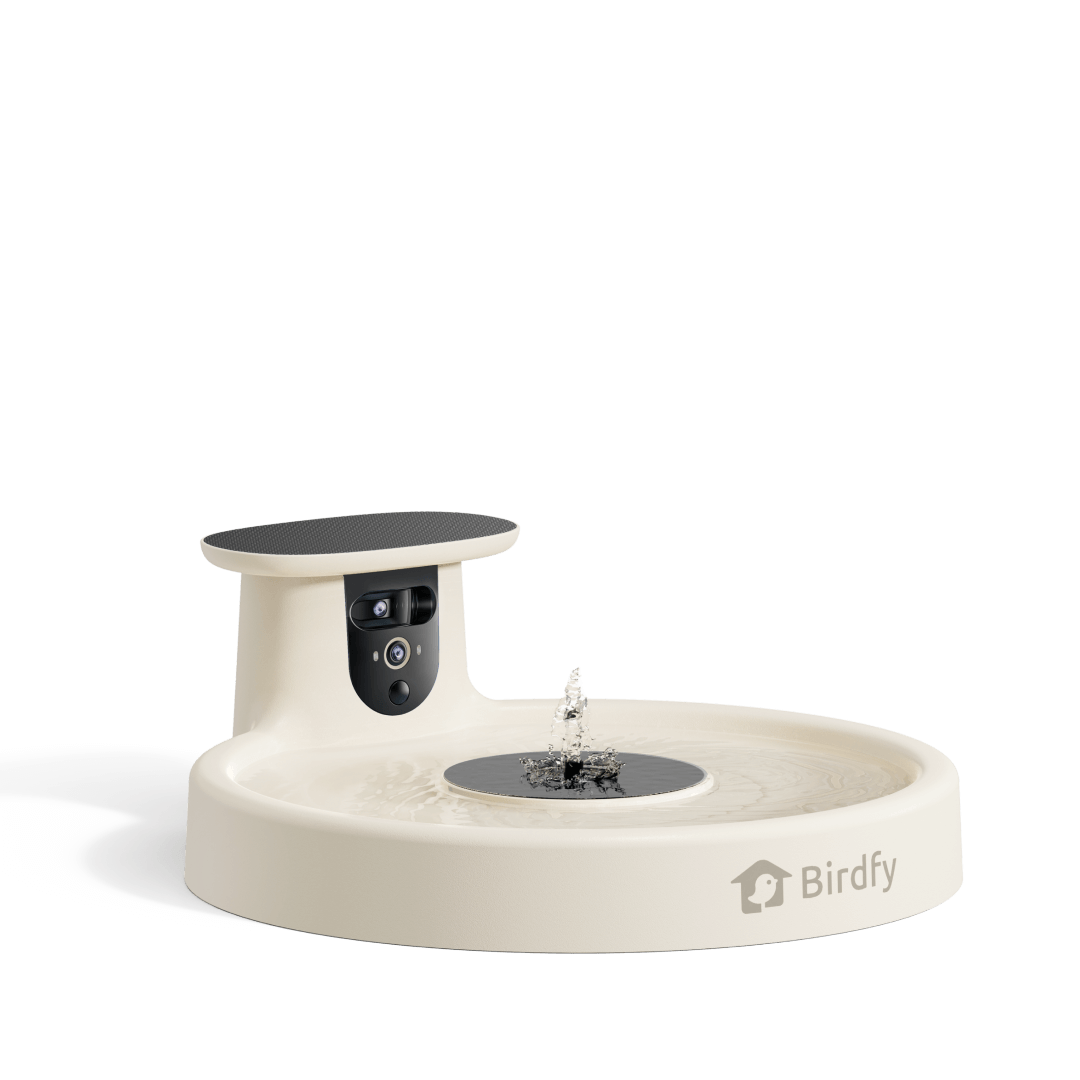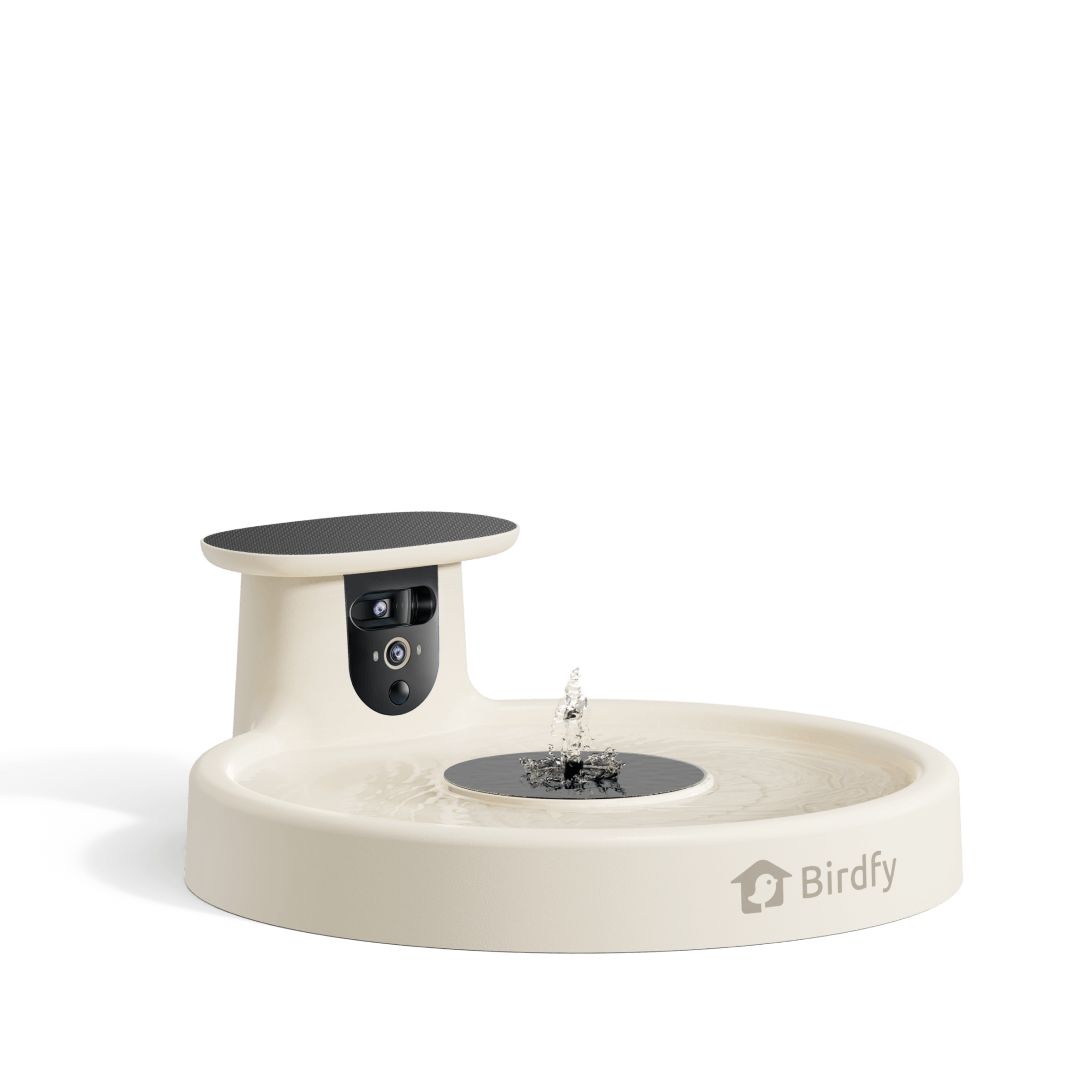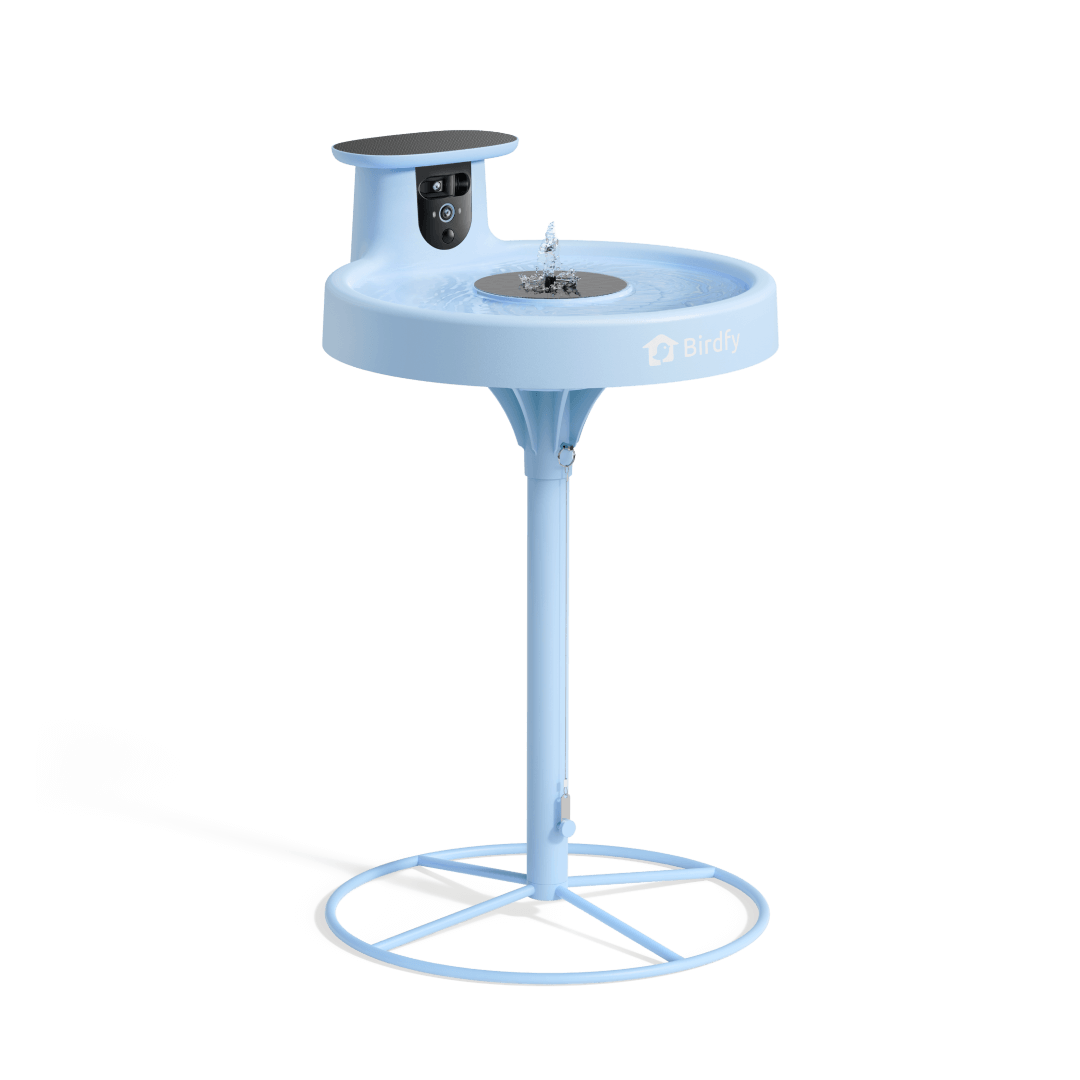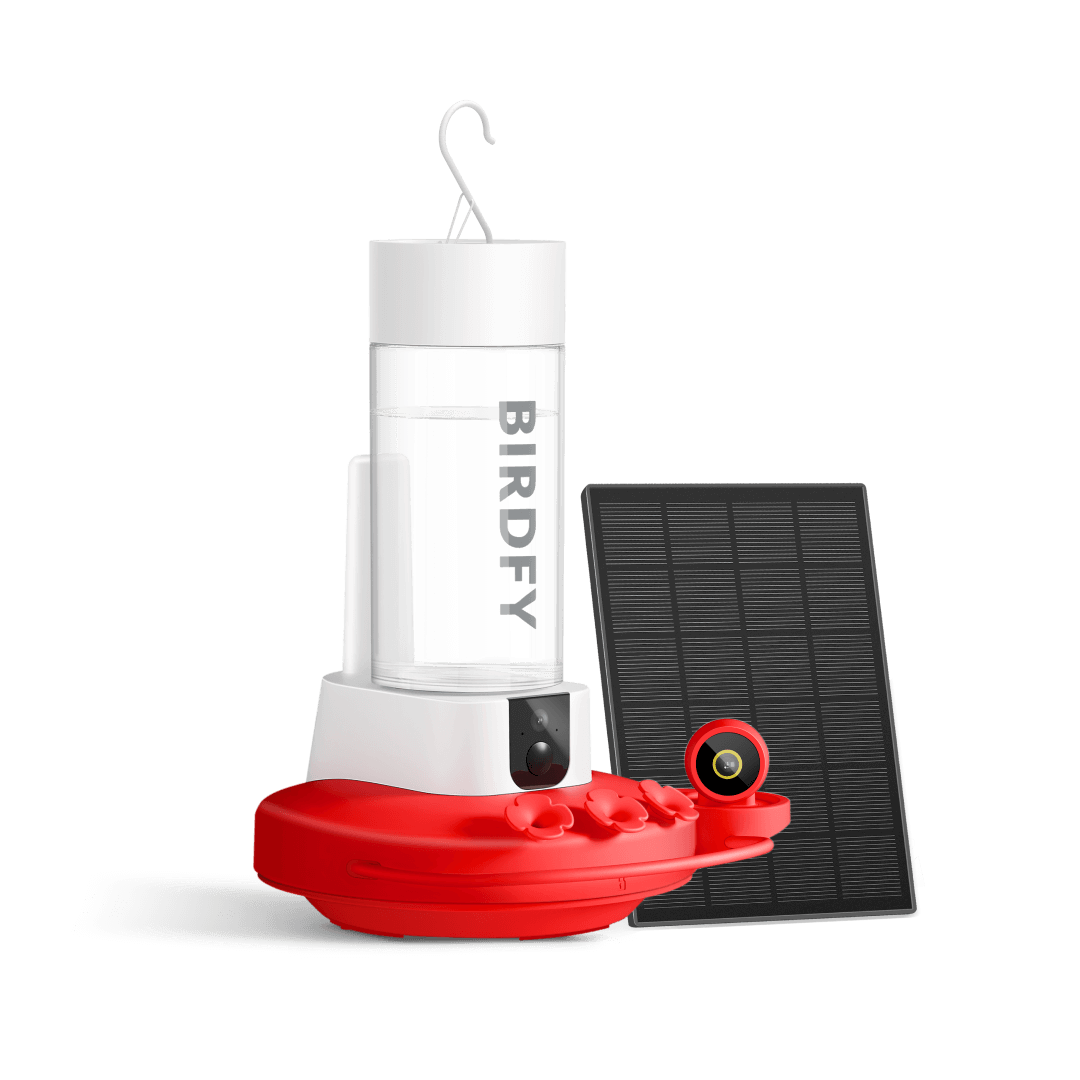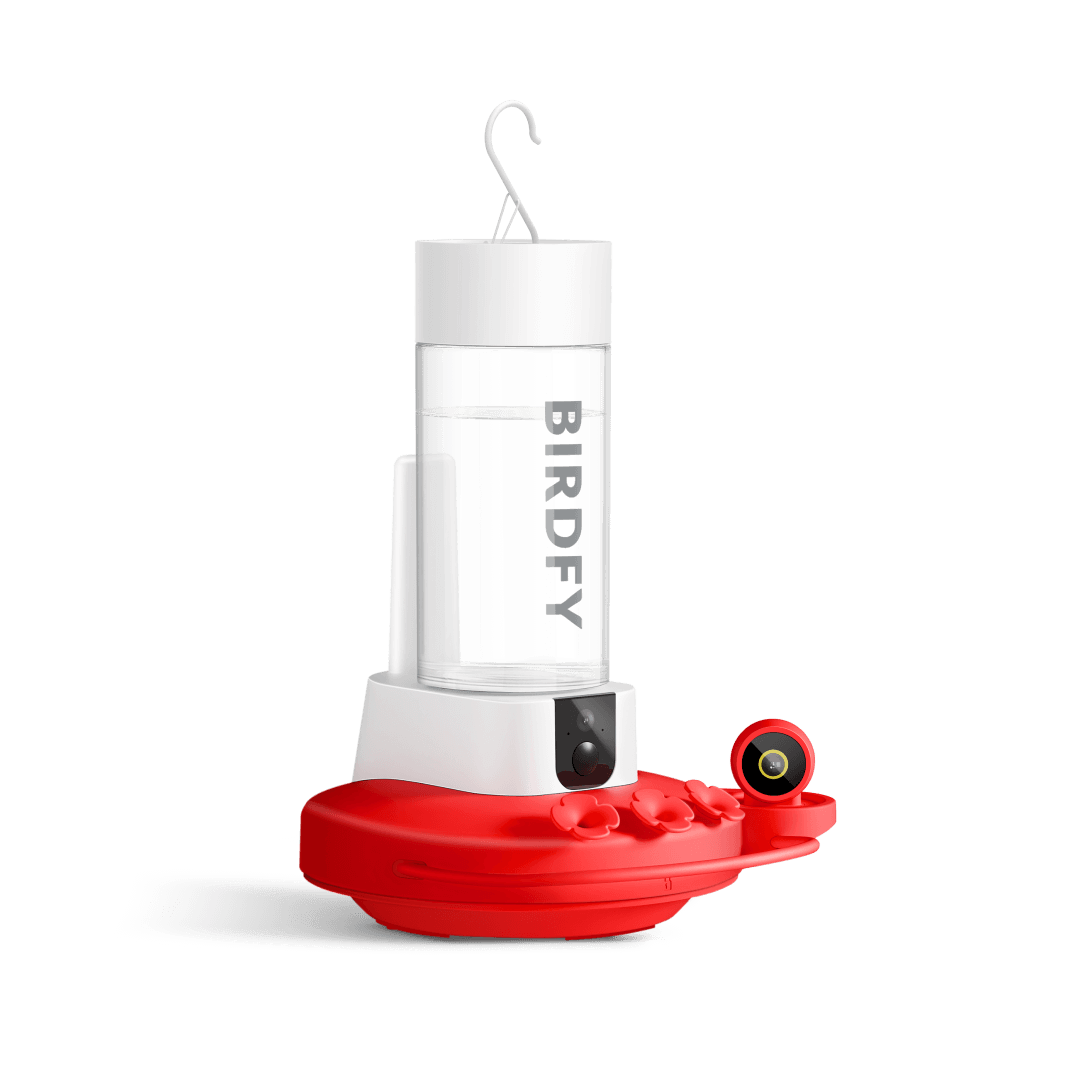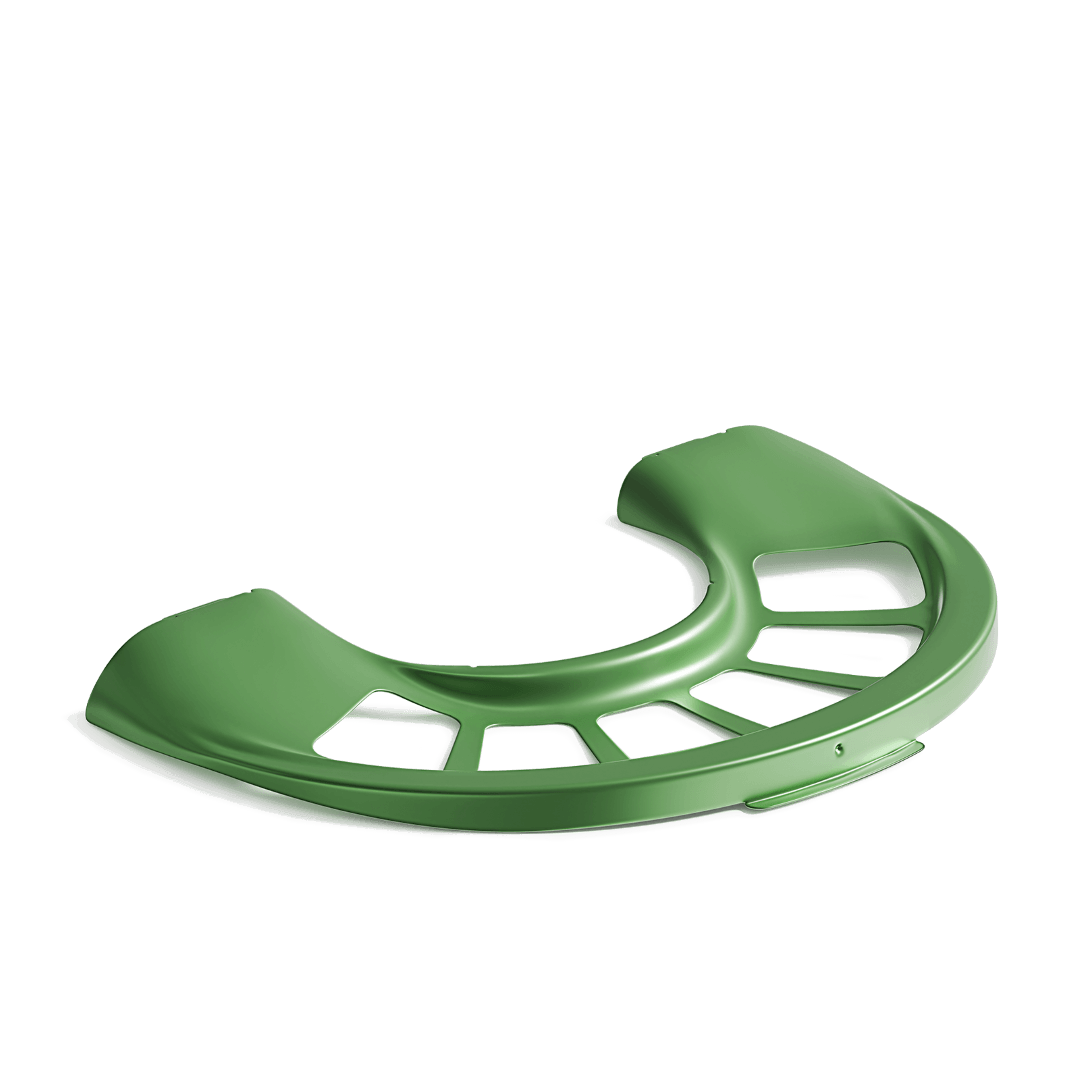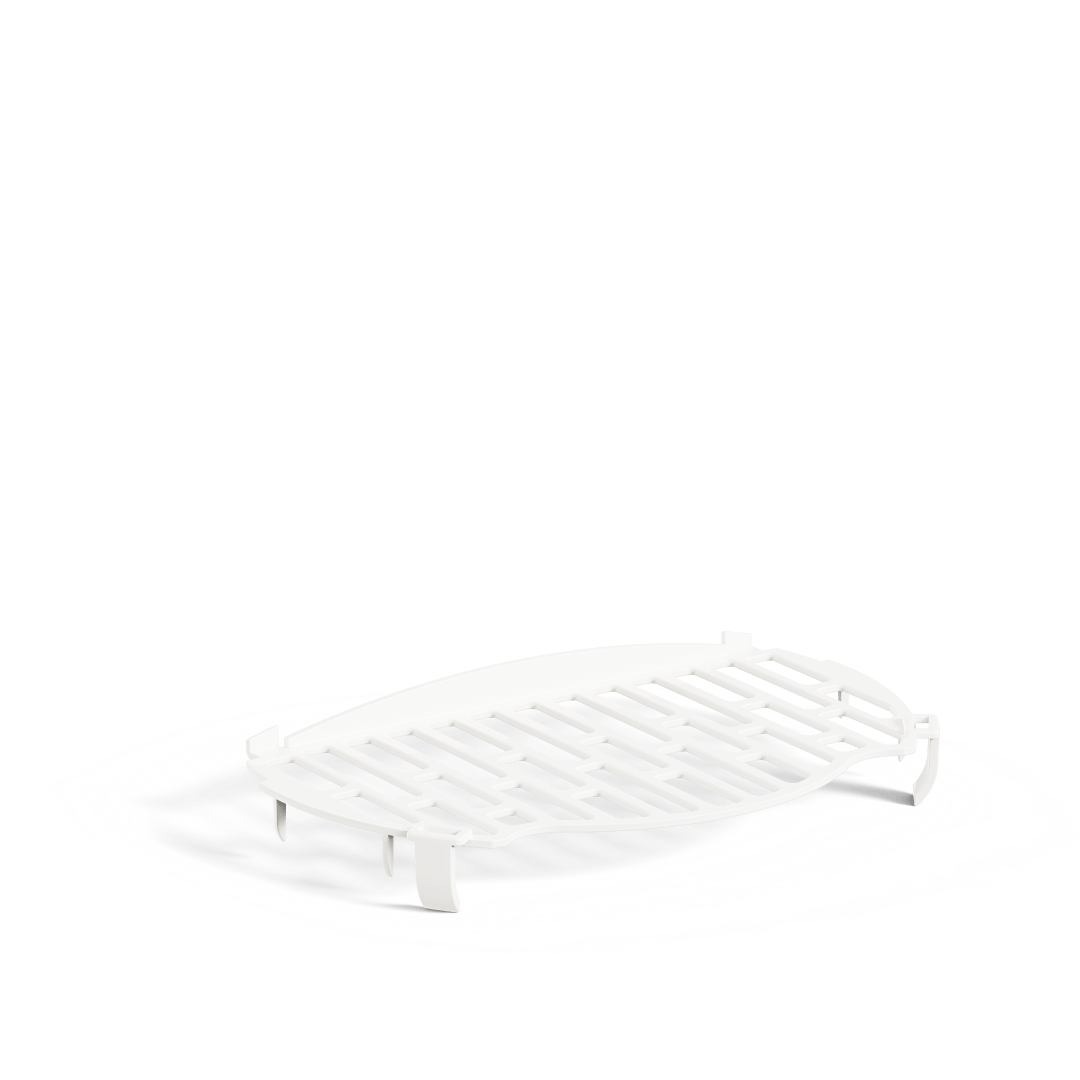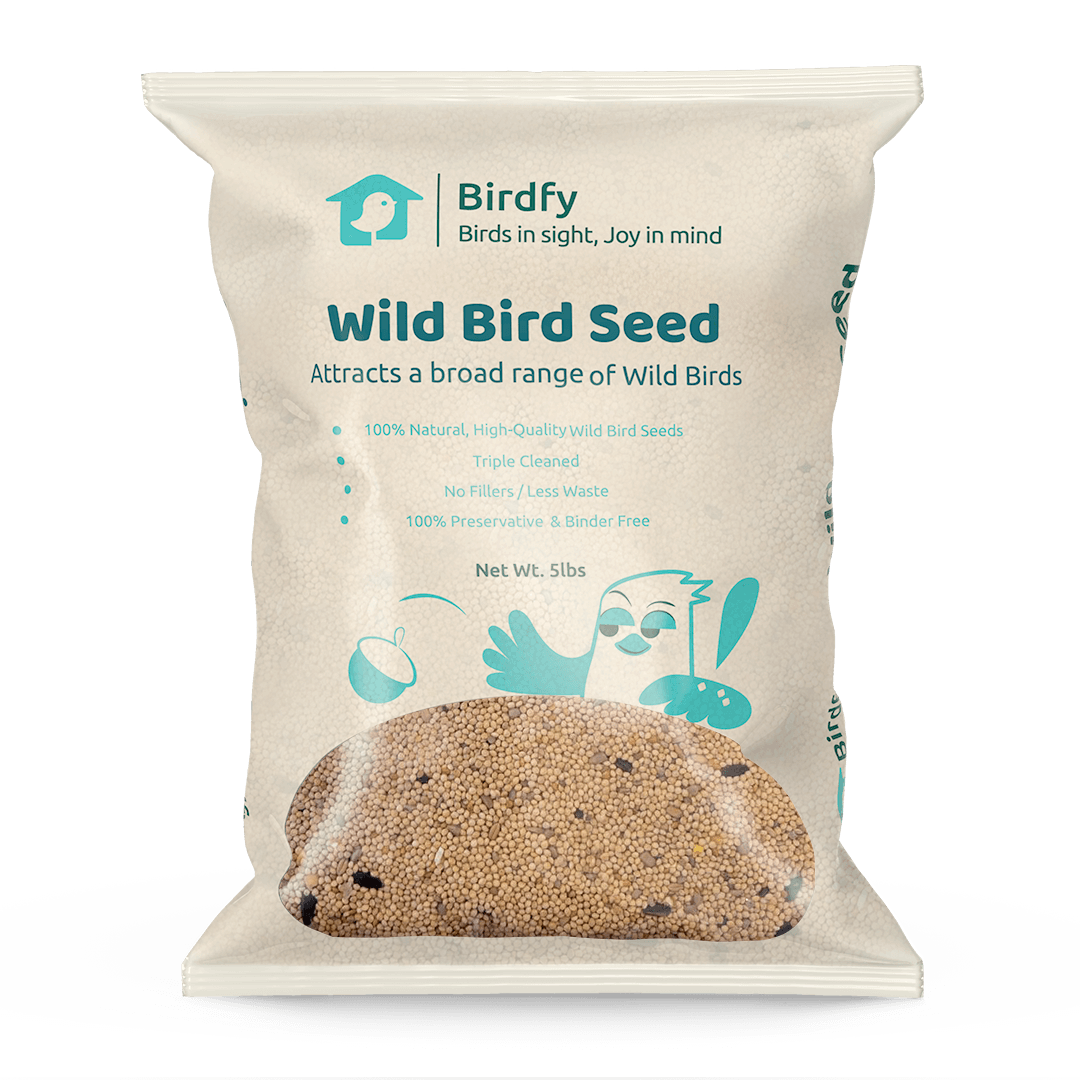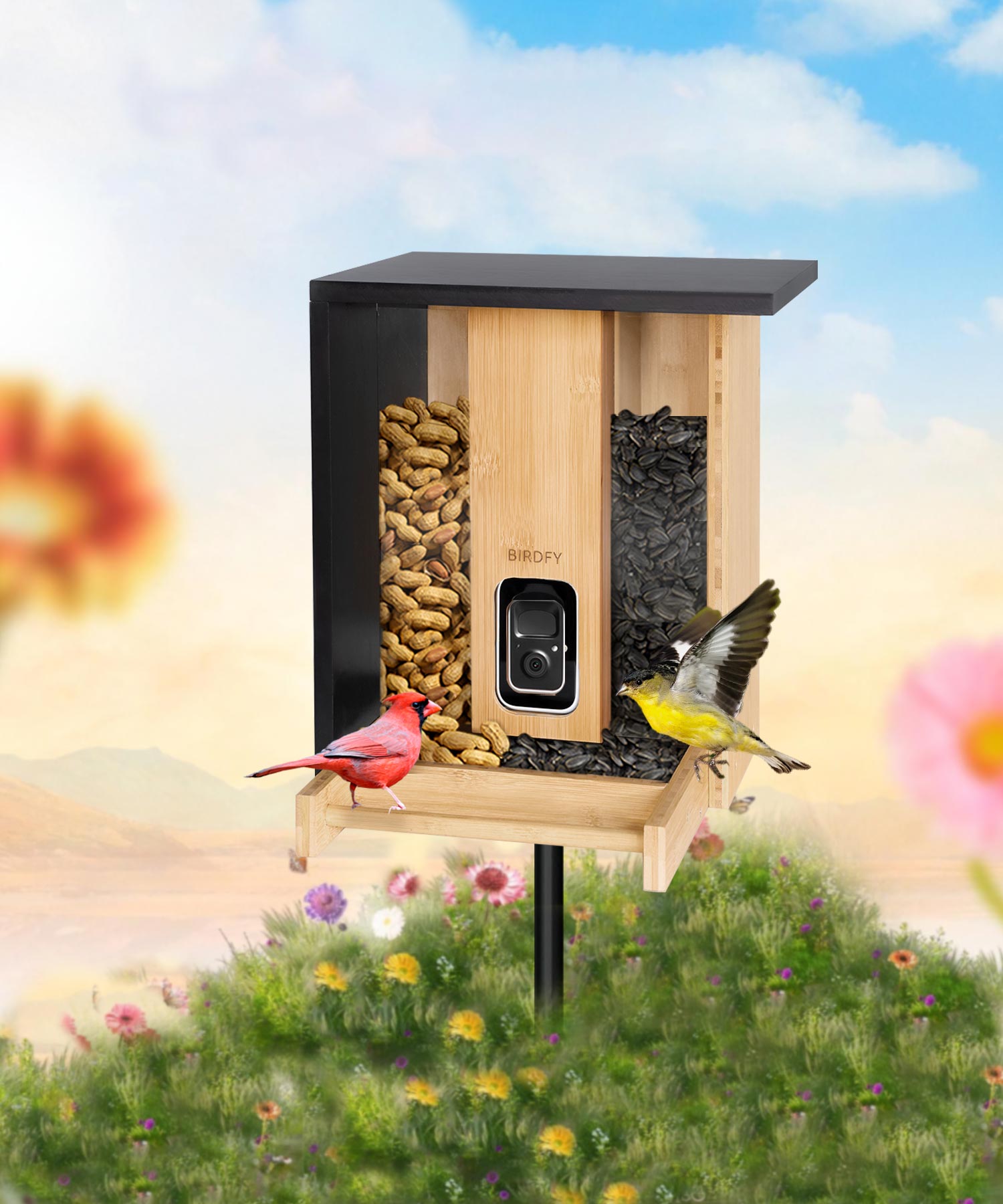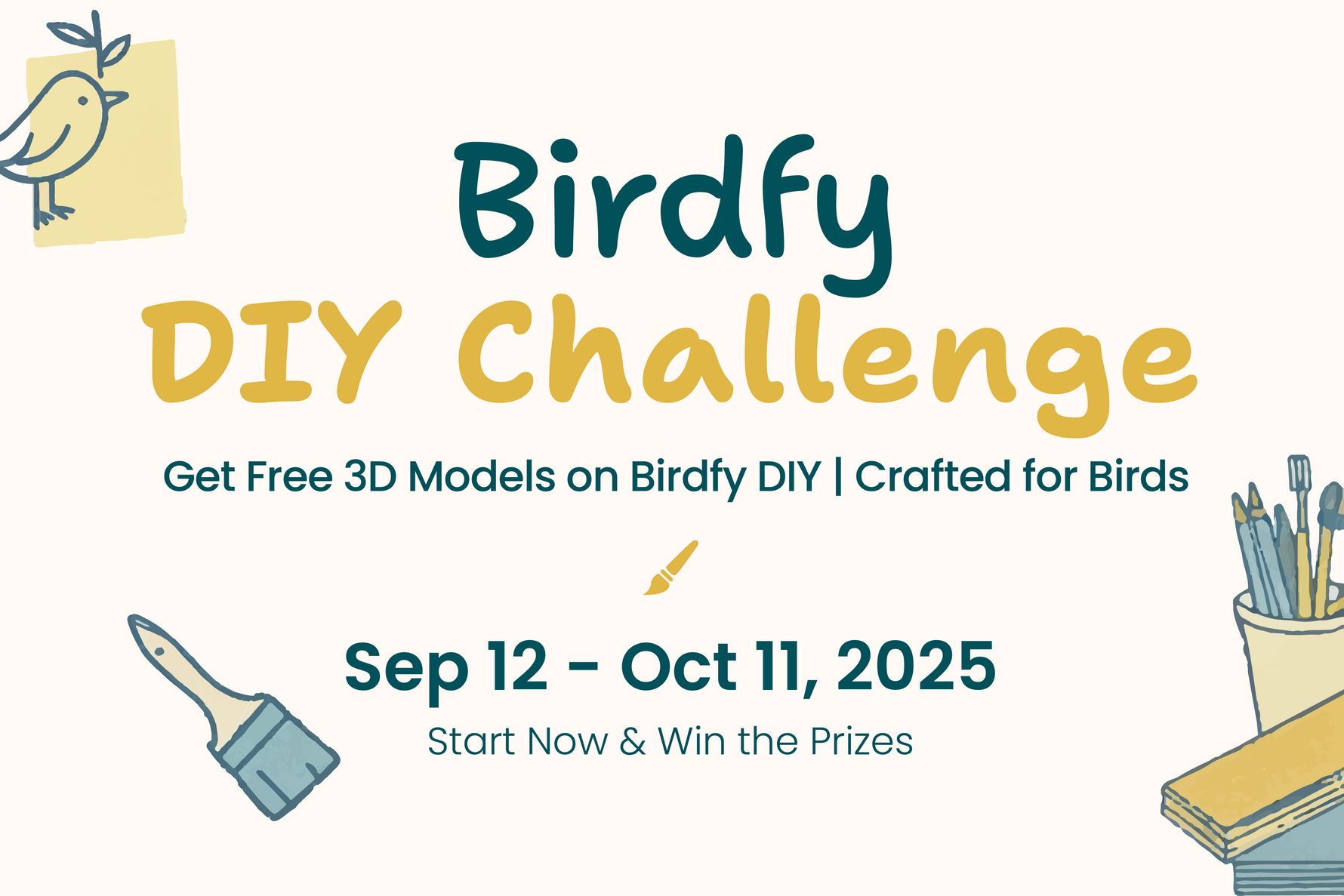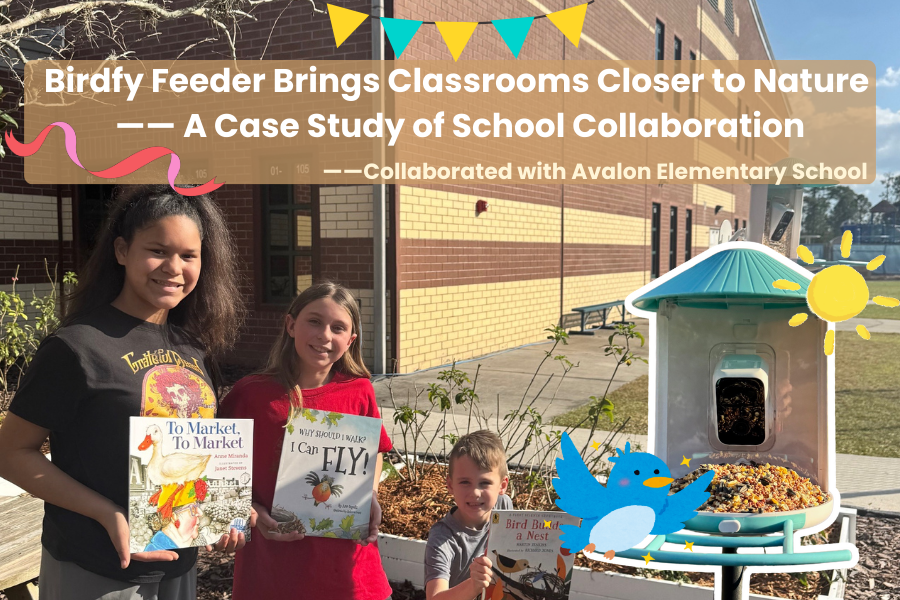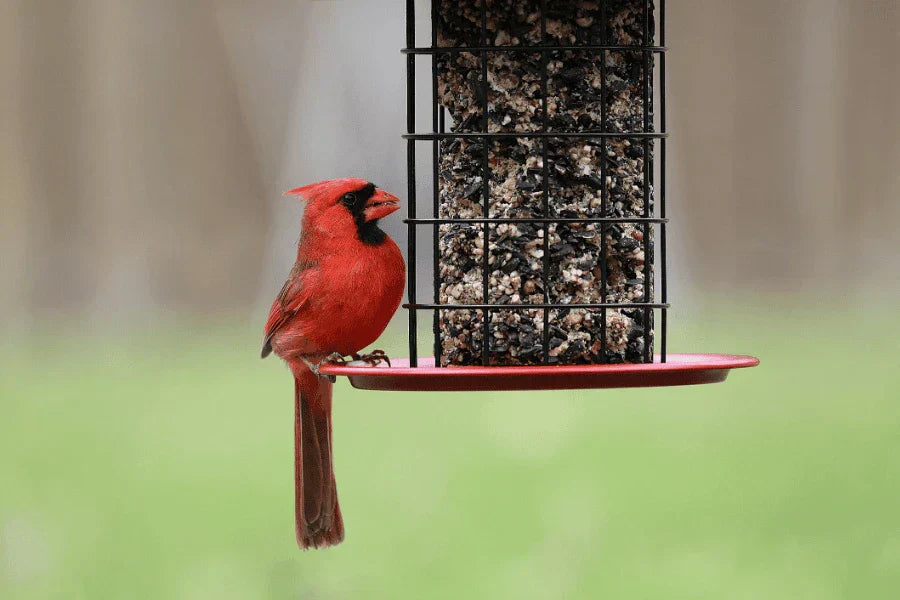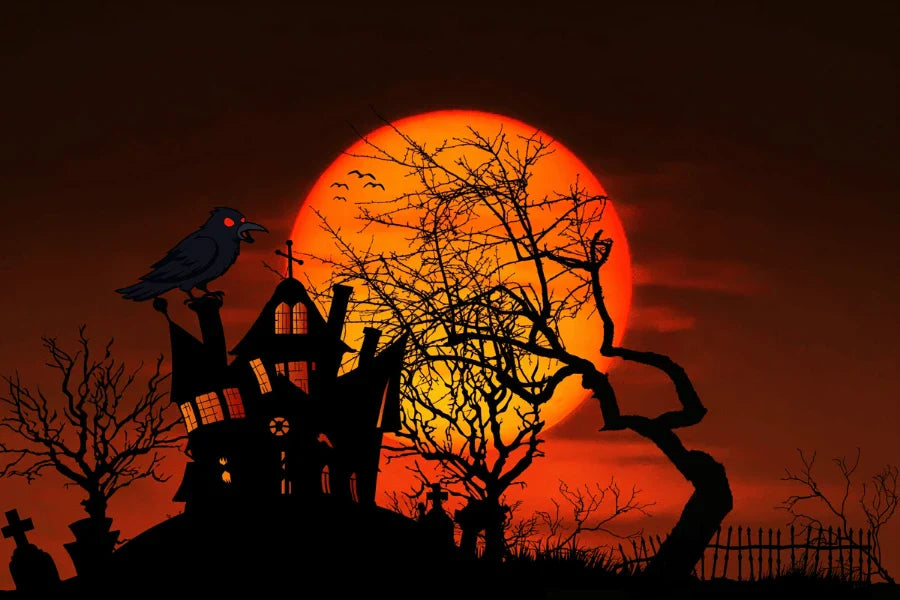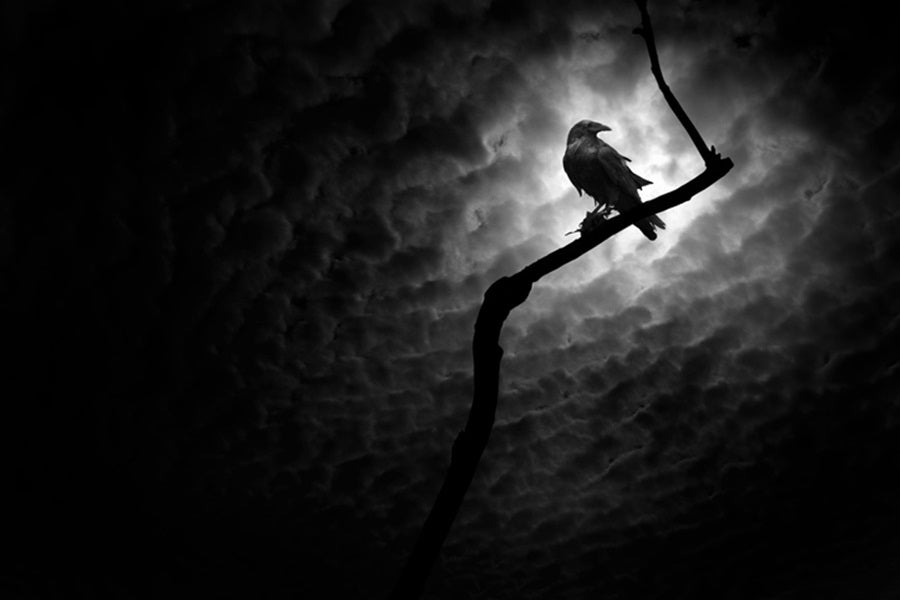Bird That Feeds On Insects’ In Crossword Puzzles
Introduction
Crossword puzzles have endeared themselves to folks in different parts of the globe. They are interesting and fun and are used as a way to train the mind at the same time. Some of these are puzzles where solvers are required to use their brains in one way or another, while others serve to enhance their word skills through word games and trivia. Moving on to the popularity of crossword puzzles and their role as entertainment and educational tools, Crossword puzzles originated in the early 20th century but became common during the post-World War II era.
The Daily News of New York invented it, and the word first appeared in 1913 in the New World newspaper. They have become a feature of the printed and electronic press and media. The clue “bird that feeds on insects” is essential in several aspects. Firstly, it focuses the audience on the perspective of the variety of birds and their food choice.
Numerous forms of birds have become adapted to feeding on insects, and knowledge of these species may be used to ascertain their roles in ecosystems. Second, it aligns solvers with specific ecological ideas. Those that feed on insects form critical links in the food chain, given that they help control the number of insects in the ecosystem. This aspect can connect the clue to general information on diversity and conservation. In this detailed exploration, we will examine the clue before going through different birds fitting the clue.
Analyzing The ‘Bird That Feeds On Insects’ Crossword Clue
The crossword clue "bird that feeds on insects" often points to birds like swallows, warblers, or flycatchers. These birds are known for catching insects in mid-air or from plants. Pay attention to the number of letters in the answer to narrow it down. Common answers include "swallow" or "swift."
Examples Of Crossword Puzzles That Feature The Clue “A Bird That Feeds On Insects
Some common examples of crossword clues include:
· Fly-catching bird, 5 letters
· Night flying insect catcher, 7 letters
· A small bird that hunts insects, 3 letters
These clues can take on various forms, but they all center around the same concept: identifying birds primarily known for their insectivorous diets.
How To Solve This Clue By Focusing On The Number Of Letters And The Nature Of The Clue?
In solving puzzles such as ‘bird that feeds on insects,’ one has to be very aware of the number of letters that define a particular bird and the features of those birds.
· Letter Count: If one knows how many letters are needed for the answer, then the field of potential solutions is significantly reduced. For instance, if the clue states a five-letter word, it, in a way, narrows the field to several birds.
· Characteristics of Insectivorous Birds: Another way the guide can help the solver is to know different birds' feeding habits and behavior. For instance, swallows are associated with residing in aerial insects; flycatchers forage through the air, while wrens forage through shrubs for insects. Thus, solvers can make some preliminary assumptions about one or another answer based on these characteristics.
· Familiarity with Common Birds: Knowledge regarding the birds frequently seen, especially in the field area and their foraging habits are helpful. Some solvers may then have in mind a list of birds they know to be insect eaters, and this makes solving easy.
Common Birds That Feed on Insects
Following are the common birds that feed on insects:
Swallow:
Swallows are renowned for their speed, especially swiftness. They have a forked tail and a body designed to fly over fields, lakes, and rivers; they feed on flies, mosquitoes, and beetles, among others.

Physical Features: They have long, pointed wings and forked tails, which enable them to perform fast, sleek aerial maneuvers.
Behavior: Swallows are social and, at times, colonials. These are very agile birds because, when in the air, they are apt for catching insects.
Migration: Some swallows fly many miles in a year. For instance, barn swallows migrate to Central America only in winter, exhibiting how powerful these birds are.
Nighthawk:
The Nighthawk is unique mainly because they feed on insects during dawn or at night, just like most birds do during the day.

Physical Features: Their wings are spread and short-tailed for faster turning at night. Their body is covered in easy-to-spot grey and brown plumage.
Hunting Style: These birds feed on moths and other flying insects, and they catch them with their mouths open, flying in the air. They also make a booming sound noise during their performance.
Bat-Eagle:
The term “bat-eagle” is sometimes used to have a playful name for birds, such as swallows and nighthawks. It shows that one of them has something in common with bats; for example, they catch insects while in the air.
Why the Comparison?
- Similar to bats, these birds catch insects while flying.
- Other birds, like nighthawks, are also night lovers, as are bats.
Wren:
Wrens are small-sized birds that feed on insects in undergrowth bushes, shrubs, and anything on the ground.

Physical Features: Wrens are comparatively diminutive birds weighing about four and six inches. They possess short tails, which they carry erect, and their color is brown or gray with streaks.
Feeding Habits: Wrens forage for insects on the ground and trees. They also feed on seeds and berries.
Common Crossword Clue Tips and Strategies
Aside from swallows, nighthawks, and wrens, many other birds feed on insects:
· Flycatchers: Some perch on trees while waiting for insects to cross their path and pounce on them.

· Chickadees: It comprises a family of small birds that forage on insects in trees and shrubs. They are easily identified because of their alarm call, the ‘chick-a-dee-dee-dee’ call.
Clue Analysis:
Here we need to know how to break down the clue and match it with the right bird species based on its characteristics.
When you are to solve a crossword puzzle, and the clue you are given involves a bird, then there is the number one move – read the clue. Search for descriptions of birds, such as feeding characteristics, size, or even the type of habitat they prefer. For instance, when the clue mentions ‘feeds on insects,’ you will understand you are searching for an insectivorous bird. Based on what you know about other birds, figure out how they fit the description.
Letter Count:
Depending on the number of letters in the answer, you can filter out the birds' names. For example, if the clue given is that the answer is a 5-letter word, you can then write all the birds you are aware of bearing a five-letter name. If you have some letters from other clues filled in, you can find the right bird using them. For instance, if you have already identified the first letter as “S” and the last letter as “W,” then the word could be “Swallow.”
Ecological Clue Matching:
A common theme for crossword solutions is ecological wisdom, which refers to where birds fit into the world. If you find that a clue includes a bird that feeds on insects, try to consider its activity and environment. For example, some birds are expected to catch insects in flight, and others are expected to pick them from plants. Such details can assist in identifying the nest to the right bird species for a particular clue.
Example Crossword Clue Solutions
Here are some examples of how to apply the previous steps to solve clues:
Clue 1: “A bird that feeds on insects, 5 letters”
Answer: Swallow
Swallows are known for catching insects in flight, making them a perfect match for this clue.
Clue 2: “Nighttime insect hunter, 7 letters”
Answer: Nighthawk
Nighthawks are active at night and hunt insects, fitting the description of the clue.
Clue 3: “A small bird that hunts insects, 3 letters”
Answer: Wren
Wrens are small birds that often hunt insects, making them a suitable answer.
The Importance Of These Birds In Nature
It is also crucial for us to know that those birds that feed on insects are helpful in our environment. Some of them assist in regulating insect numbers, which can hinder pest invasions damaging to plants and crops.
Natural Pest Control:
Birds that feed on insects are natural pest eliminators. Thus, to help reduce the insect population, they feed on large quantities of insects. This is explained by the fact that many insects can cause negative consequences such as yield deterioration and many other diseases.
· Supporting Biodiversity
Consumers can manage the number of pests and check their impact on plants and other life forms, thus promoting the balance of natural organism existence. This balance, therefore, is crucial in many species of plants, animals, bacteria, and many more. There are significant consequences when dealing with an insect populace; for example, if the populations are good and controllable, ecosystems are diverse and robust.
· Nutrient Cycling
Consumed insects can be identified from droppings of insectivorous birds in the sense that they contain nutrients absorbed by the birds. These droppings, hence, add to the fertility of the soil and help other organisms in the food chain. This recycling enhances the health of ecosystems because it is natural.
Agricultural Impact:
In agriculture, for instance, those that feed on insects benefit from benchmarking insect pests, thus being environmentally and economically beneficial.
· Crop Protection
Swallow and flycatcher birds feed their young on insects such as aphids, caterpillars, and other pests. Through this, these birds would help minimize the quantitative loss that such pests would otherwise cause on cultivated crops.
· Reducing Pesticide Use
As much as birds help in controlling pests, farmers have decreased their use of chemical pesticides. It reduces costs and directs consumers to make the right choices of keeping off unhealthy and unsustainable farming practices.
Conclusion
Agricultural pest-eating birds can be remarkable in behavior and biomechanics and valuable regarding environmental stability. It is worth noting that they control insect pests, maintain ecological balance, contribute to improving the soil, and guard crops against disease and pests while minimizing the use of toxic inputs.
Share



